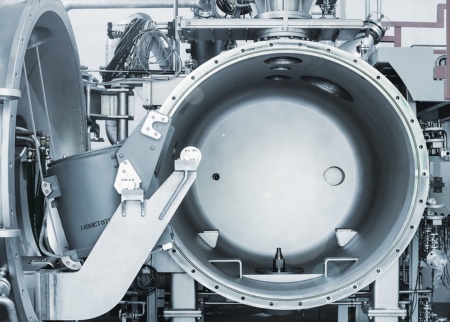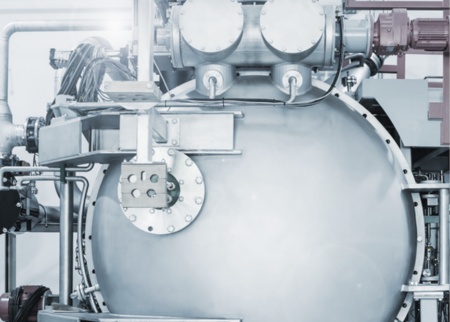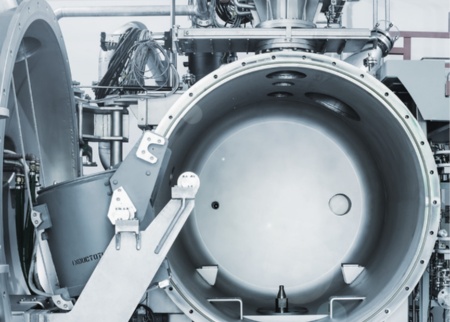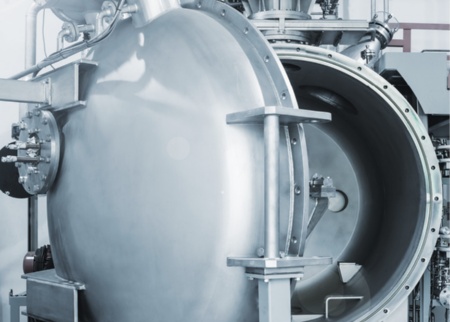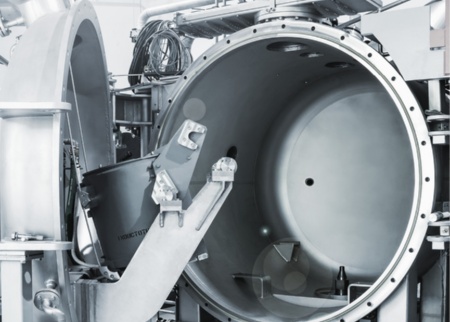From the use of natural materials such as wood, stone or fur, to the first targeted steel alloys during the Industrial Revolution, leading to the use of modern high-temperature materials that work in aircraft engines and gas turbines. Talking about steel development, where are we now?
STEEL DEVELOPMENT
It was the idea of using materials in a targeted way that made man an intelligent being. Without material innovations, there would have been no scientific progress. Nevertheless, how are new materials created?
Materials are developed with their application in mind.
The structures of some materials are so small that they are invisible to the naked eye: Steel wires thinner than a hair (0.040 mm) achieve over 80% of the theoretical maximum strength of iron and cut photovoltaic wafers. Ultra-high-strength steels carry lift cabs more than 400 meters up in the air. High-strength steels for cranes or chains are tough enough to withstand arctic temperatures or load fluctuations. Countless components in cars no longer show that they were made from wire, they have a hard surface and perhaps a tough core. Ball bearings can withstand countless rotations.
Numerous Challenges - Multiple Benefits
We always work to create steels that are easy to process without having to compromise in use. As requirements change, steels must also evolve.
Our technological equipment allows us to take such development challenges. With our research partners, we try to understand materials down to their atomic structure.
We vary individual alloying elements and cast small quantities for initial evaluation, we test near-series steel capabilities on individual TechMet billets, and we know how to translate initial findings into standard products for our customers.
We have the know-how.
Materials development begins with the crystal grid, the smallest ordered composition of individual atoms to form a steel we know. Our task is to understand the time-dependent formation, chemical composition, crystal formation and morphology of later emerging phases, precipitates, dislocation and shear band formation as well as many other effects. Our laboratory capabilities complemented by those of nearby universities give us a deeper insight to understand relationships between metallographic structure and properties.
Each process step changes the material in production. Many property changes are desired, such as high strength or good deformation behavior. However, some processes have the opposite effect, either because of uneven distribution or loss of alloying elements (e.g. segregation, decarburization). Some material properties develop only through external loading, such as the deformation- or load-induced transformation of an austenite into martensite to increase strength. We need to keep all these possible changes in mind to properly define the alloy.
At the end of the development, we have the idea of a steel with its properties, which we later describe in data sheets:
- Strength,
- elongation,
- maximum dimensions,
- processing options allowed or not,
- our contribution to sustainability and countless properties more.
This transition into real properties ultimately determines the benefit that a new steel can offer our customers.
As our customers are constantly developing new ideas for their products, we never stop adding new properties to our steels: that's what we call a development partnership.
